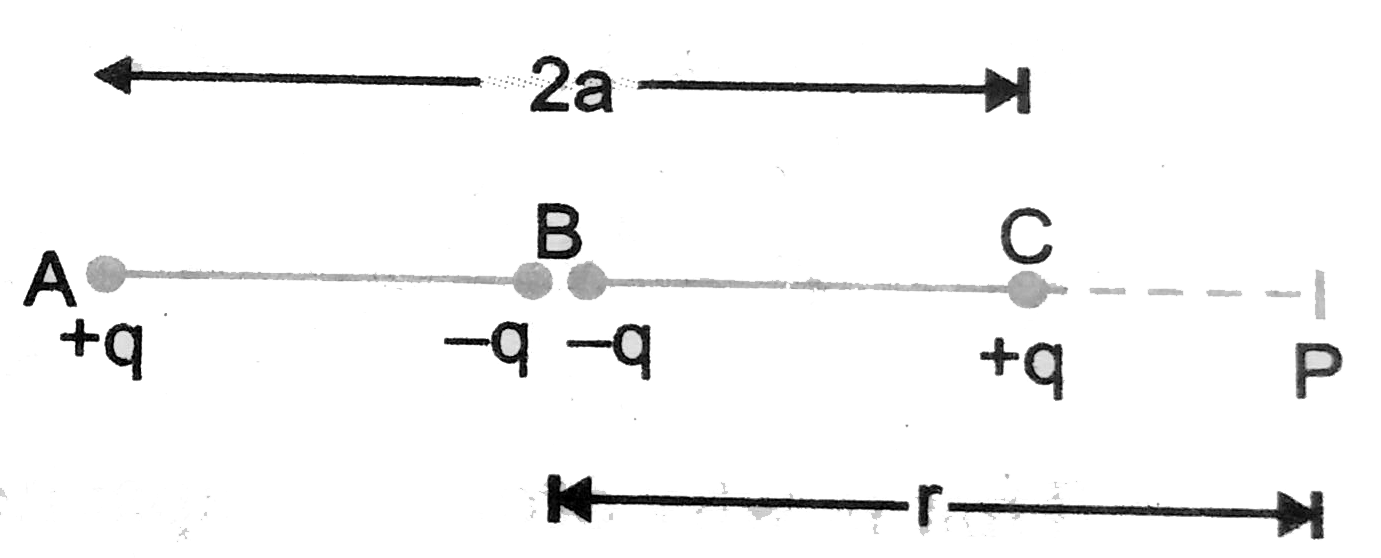Figure 2.32 shows a charge array known as an electric quadrupole. For a point on the axis of the quadrupole, obtain the dependence of potential on r for , and contrast your results with that due to an electric dipole, and an electric monopole (i.e., a single charge).

For large r, quadrupole potential goes like , dipole potential goes like , monopole potential goes like 1/r.
Topper's Solved these Questions
- ELECTROSTATIC POTENTIAL AND CAPACITANCE Book:NCERT BANGLISHChapter:ELECTROSTATIC POTENTIAL AND CAPACITANCE Exercise:ADDITIONAL EXERCISES
Explore 1 Video
- ELECTROSTATIC POTENTIAL AND CAPACITANCE Book:NCERT BANGLISHChapter:ELECTROSTATIC POTENTIAL AND CAPACITANCE Exercise:ADDITIONAL EXERCISES
Explore 1 Video
- ELECTROMAGNETIC WAVESBook:NCERT BANGLISHChapter:ELECTROMAGNETIC WAVESExercise:ADDITIONAL EXERCISES
Explore 5 Videos
- MAGNETISM AND MATTERBook:NCERT BANGLISHChapter:MAGNETISM AND MATTERExercise:Additional Exercises
Explore 12 Videos
Similar Questions
Fig shows a charge array known as an 'electric quadrupole'. For a point on the axis of the quadrupole, obtain the dependence of potential on r for r/a>>1, and contract your results with that due to an electric dipole and an electric monopole (i.e, a single charge).

View SolutionFig shows a charge array known as an 'electric quadrupole'. For a point on the axis of the quadrupole, obtain the dependence of potential on r for r/a>>1, and contract your results with that due to an electric dipole and an electric monopole (i.e, a single charge).

View Solution
Knowledge Check
The electric potential at a point on the axis of an electric dipole depends on the distance r of the point from the dipole as
A∝1rB∝1r2C∝rD∝1r3The electric potential V at a point on the axis of an electric dipole depends on the distance 'r of the point from the dipole as
AV∝1rBV∝1r2CV∝1r3DV∝rElectric potential (ϕ) of a quadrupole varies with distance 'r' on its axis as :-
Aϕ∞r−1Bϕ∞r−2Cϕ∞r−3Dϕ∞r−3/2
Figure shows a charge array known as an 'electric quadrupole'. For a point on the axis of the quadrupole, obtain the dependence of potential on r for ra>>1, and contrast your results with that due to an electric dipole, and an electric monopole (i.e., a single charge).

View SolutionThe figure given below shows a charge array known as an 'electric quadrupole'. For a point on the axis of the quadrupole, obtain the dependence of potential on r for ra>>1. Contrast your result with that due to an electric dipole and an electric monopole (i.e. a single charge).

View SolutionFigure shows a charge array known as an "electric quadrupole". For a point on the axis of the quadruple, the dependence of potential on r(ra>>1) is 1rn. Find n?

View SolutionFigure shows a charge array known as an "electric quadrupole". For a point on the axis of the quadruple, the dependence of potential on r(ra>>1) is 1rn. Find n?

View SolutionDeduce an expression for the electric potential due to an electric dipole at any point on its axis. Mention one contrasting feature of electric potential of a dipole at a point as compared to that due to a single charge.
View Solution
